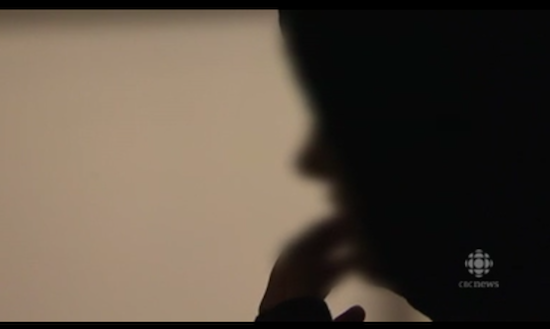16 Jan Fear-mongering as news: turning sad stories into bogus trends

See if this sounds familiar:
(1) A teenage girl becomes involved in sexual activity that most grownups, regardless of their own sexual behaviour as teens, find shocking and horrific.
(2) The girl’s parent or parents learn of the activity and are utterly devastated.
(3) A family crisis ensues, with outcomes that can range from good to horrendous.
(4) In their struggle to process shocking new information about the child they love, the distraught parent or parents construct a frame to explain and cope with this cognitive dissonance.
 (5) The frame invariably posits the existence of a large but hitherto unacknowledged social problem that explains how a good child falls into bad situations.
(5) The frame invariably posits the existence of a large but hitherto unacknowledged social problem that explains how a good child falls into bad situations.
(6) The parent seeks a journalist’s help in exposing this putative social problem.
(7) To justify publicizing salacious details of a private family tragedy, the journalist adopts the frame. The girl’s story is not simply her story, but an exemplar of an unrecognized social problem of broad and increasing scope—a sinister trend, usually one in which digital media are implicated.
(8) The reporter conducts an “investigation,” that consists of sympathetic and deeply restrained interviews with the parents—and with the girl, if she has survived and is cooperating.
(9A) If the parental frame, now adopted by the reporter, includes warnings about the rising prevalence of criminal or socially destructive behaviour, police are interviewed, and their comments, while non-specific, support the parental call for greater resources (police resources) and legislation (police powers) to deal with the putative trend.
(9B) If the parental frame adopted by the reporter includes criticism of alleged inaction by police or prosecutors, then police decline to be interviewed, because they cannot defend their position without revealing confidential information and appearing to attack the victim.
![]() (10) The journalistic “investigation” posits an upward trend in the socially destructive behaviour it highlights, but presents no objective, quantifiable information or data to support this assumption.
(10) The journalistic “investigation” posits an upward trend in the socially destructive behaviour it highlights, but presents no objective, quantifiable information or data to support this assumption.
(11) The reporting omits certain basic information about the girl and her family, elisions justified as necessary to “protect” the girl against unspecified dangers. Interviews conducted in shadow-view, with deliberate voice distortion, reinforce the apprehension of danger.
 (12) The story script employs portentous language that stresses the putative dangers to other children, and the shocking (but unverified) frequency of similar stories.
(12) The story script employs portentous language that stresses the putative dangers to other children, and the shocking (but unverified) frequency of similar stories.
(13) If the story is perfectly positioned, it will appeal to right-wingers, eager to implement greater authoritarian controls against social behaviour they find offensive, and left-wingers, distraught over victimization of girls and women in a patriarchal society.
(14) In extreme cases, this unholy coalition will propel politicians to pass hastily contrived, ill-thought-out legislation giving authorities over-broad powers to address problems that may or may not exist.
